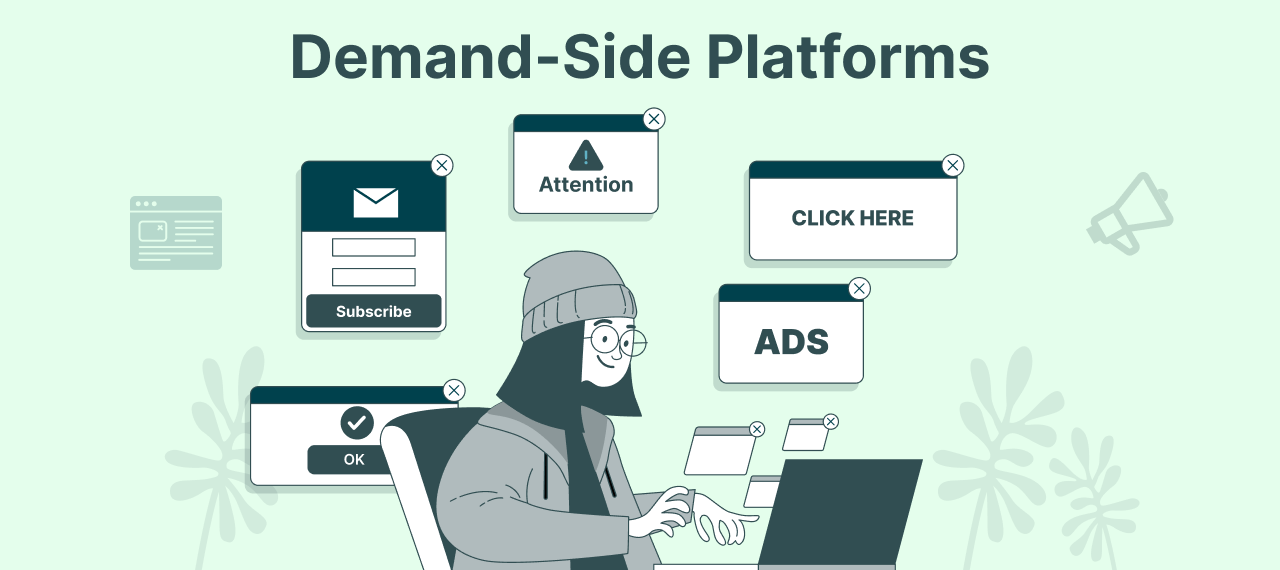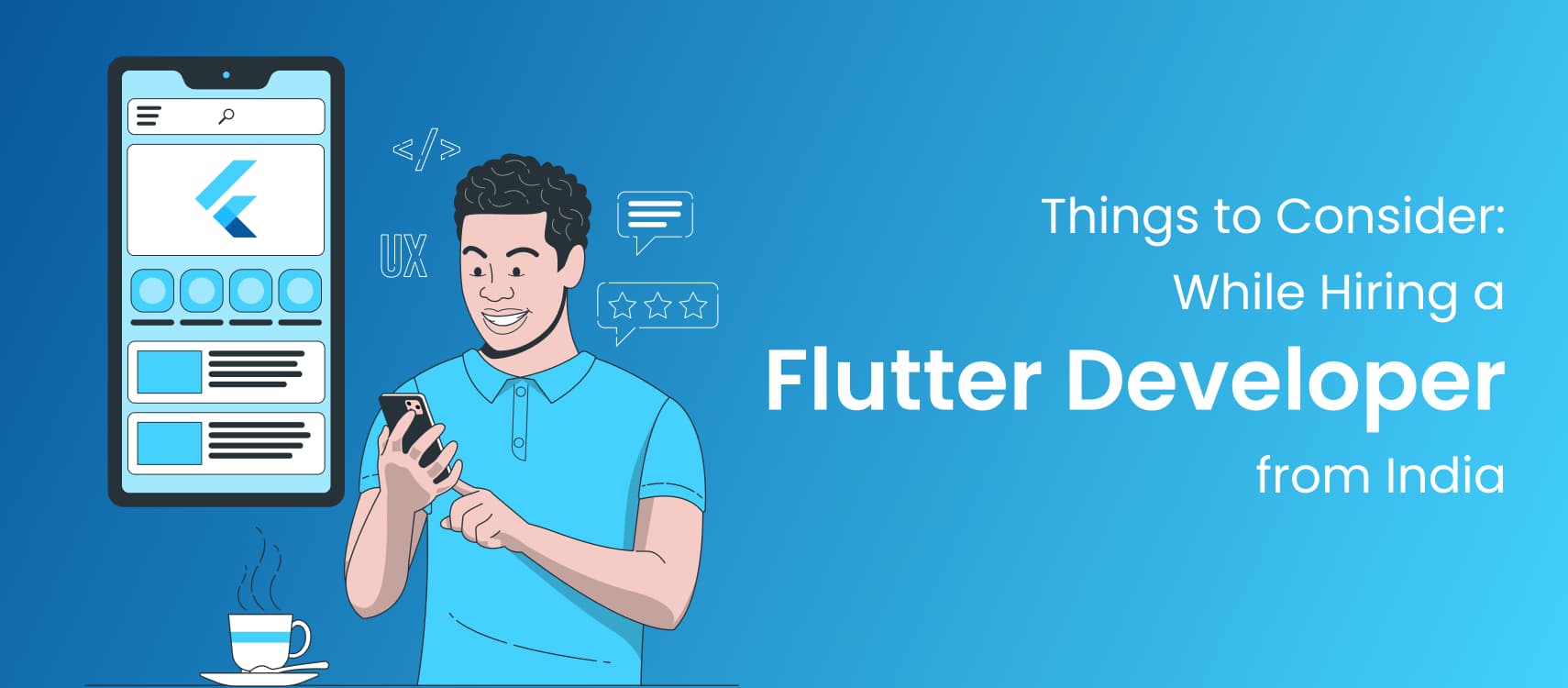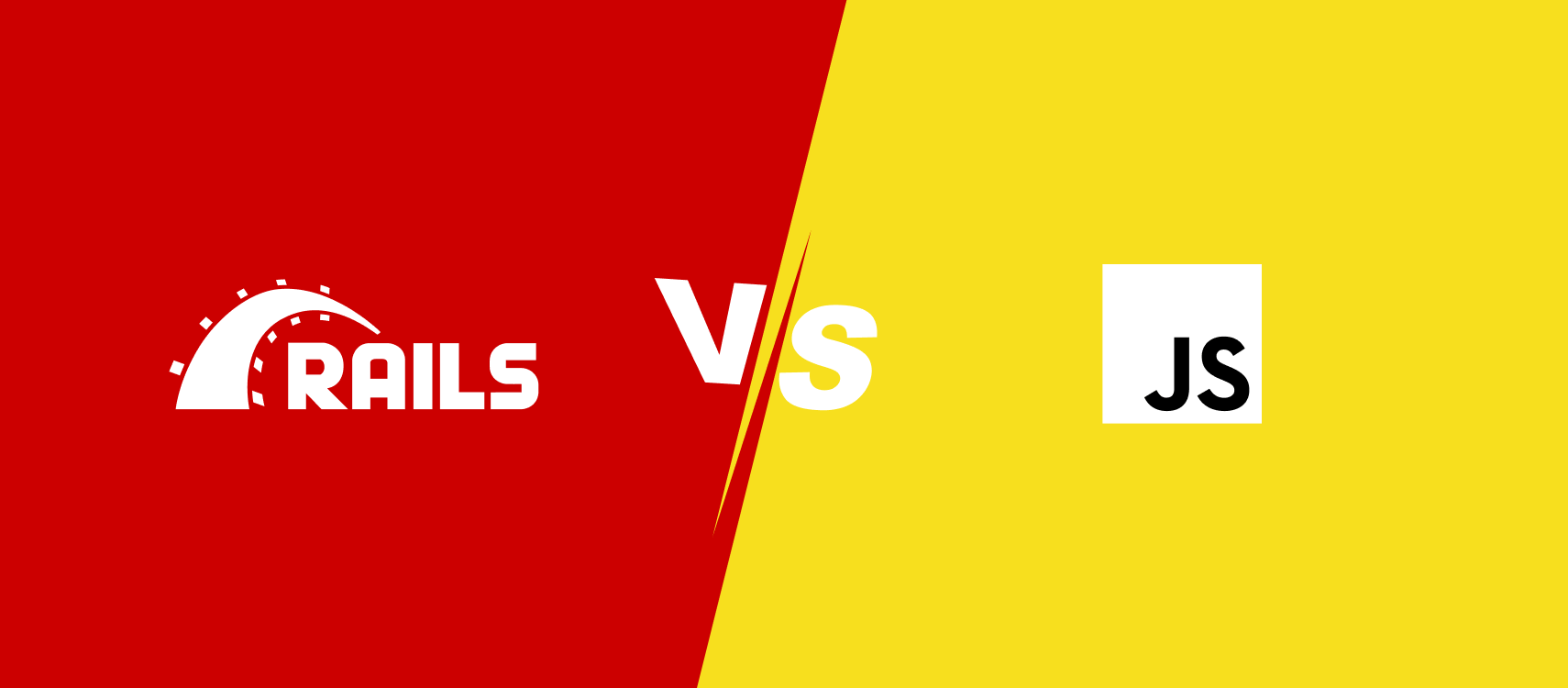Table of Contents
- Definition of a Demand-Side Platform
- Smarter Ad Budgets
- What is a DSP?
- How DSPs Work
- Marketers & DSPs
- Data Insights Unleashed
- The Dark Side of DSPs
- How to Pick Your DSP Provider?
- The Future of DSPs
- Final Take
Definition of a Demand-Side Platform (DSP)
A demand-side platform (DSP) is a software solution that enables advertisers to purchase digital advertising automatically. It’s especially useful for mobile marketers, allowing them to acquire high-quality traffic at scale with minimal effort, making DSPs a key component of marketing automation.
A DSP operates in two main stages. First, the advertiser uploads their creatives, sets targeting preferences, and defines the campaign budget all through a user-friendly dashboard. Once set, the DSP searches its network of websites and mobile apps for placements that match the campaign’s criteria. It then places bids in real time, and if the bid is successful, the ad is displayed. The DSP also handles bidding, placement, and payment all within milliseconds.
Can a DSP Make Your Ad Budget Work Smarter, Not Harder?
You are a marketer racing against a clock that’s ticking way too fast. Your to-do list includes launching three campaigns, analyzing last week’s abysmal click-through rates, and explaining to your boss why the “viral” TikTok ad budget vanished faster than a Starbucks latte. But consider your real headache. It is nothing but figuring out how to make your ads stalk customers without creeping them out. This is when we look up to Demand-Side Platforms (DSPs), the unsung heroes of successful digital campaigns. If you are into digital advertising, there are high chance that you already know about it.
But in case you still do not know, we are here to cut the jargon. DSPs aren’t just another techy acronym to toss into meetings. They’re the reason you keep seeing ads for that Icelandic hiking trip you Googled once at 2 AM. Are you already feeling intrigued? Let us pull the curtain.
What is a DSP?
The digital world also at times feels like a bustling flea market. Like the vendors in flea markets, websites, apps, and even TikTok yell here. All of them in myriad ways want to say just one thing, “Hey! Want ad space here?” Can you engage with each one of them separately? If not, look up to a turbocharged assistant and that assistant is DSP. On behalf of you, it will scan the entire market, negotiate prices, and grab the BEST spots for your ads. While it will do everything from finding the best sports to making the best bargains, you can finish sipping your cold brew.
In technical terms, a DSP is a tool that automates ad buying across thousands of platforms using real-time bidding (RTB). It’s like eBay for ads, where impressions or chances to show your ad are auctioned off in milliseconds. But here is a crucial thing to know. DSPs don’t just buy ads, they use data to snipe your ideal customer. Can you ever imagine Sherlock Holmes with a top-notch marketing degree in his kitty? That’s what DSP is.
How Does the Demand-Side Platform Work?
To understand how DSPs work you need to go deeper into the context of consumers and how they react to ads. For instance, a 28-year-old girl who just searched “vegan leather boots” on her phone. As soon as she clicks a blog about sustainable fashion, the respective ad space allotted by the blog goes up for auction via a Supply-Side Platform (SSP). Now the DSP is in action. Analyzes Sarah’s profile and finds out that she is an eco-conscious millennial, clicked a boot ad last week, and lives in Portland. The DSP bids $0.02 for the impression against 10 other advertisers. If the DSP wins the bid, the ad for “Ethical Vegan Boots with 20% Off” appears before the girl even finishes scrolling down the entire blog. That’s exactly how DSPs work.
Why Marketers Are Obsessed with DSPs?
Since DSPs allow marketers to target customers with more precision, accuracy, and speed, marketers are very likely to fall in love with them. Let’s break out these reasons for obsession here below.
No more gross and generic targeting
Remember billboards shouting at everyone on the highway? DSPs are the opposite. They’re your matchmaking wingman, setting you up with audiences who want your product. For example, it will retarget users who left their cart, target customers with the season, location, event, and context-specific messaging, and ambush competitors’ customers with cheeky “We miss you” discounts.
More Favourable Budget Controls
With DSPs, you can set a daily cap, and the DSP stops spending when you hit it. No more accidentally blowing $10K on cat meme sites, unless you want it that way.
Ads That Follow Customers Loyally
DSPs work across streaming ads, social media, podcasts, and even digital billboards. Imagine your ad playing during someone’s Netflix binge, then popping up on their Instagram feed. Sometimes cohesive or at times creepy, but they work if you know the art of execution.
Data Insights That’ll Make You Feel Like a Genius
DSPs track almost everything that can influence ad clicks. For example, it can track which ad version made users click, whether people in Istanbul prefer shopping at 8 PM, whether the funny headline worked, and everything in between.
The Dark Side of DSPs
DSPs aren’t all rainbows, there are also darker sides. What should keep marketers awake while using DSPs include the following.
- Ad Fraud: Sneaky bots pretending to be humans, gobbling up your budget. To address this, use DSPs with built-in fraud detection.
- Privacy Paranoia: With cookies crumbling and norms like GDPR pushing, hyper-targeting is getting tougher. To remain on the safe side balance personalization with respect.
- Analysis Paralysis: Too much data doesn’t lead you anywhere. Focus on metrics that align with goals. Focus more on conversions instead of just clicks.
Examples of Successful Campaigns That Nailed DSPs
DSPs over the years have played a pivotal role in creating success stories for brands across all niches. Let’s give here some representative examples to get an idea of how powerful DSP is.
- E-Commerce: A skincare brand used a DSP to target users who searched “acne scars” and “vegan recipes.” Their sales jumped 200% within just a month.
- Political Campaigns: A campaign targeted Florida voters aged 65+ with Medicare ads during daytime news streams. Voter engagement tripled following the transmission of the ad campaign.
- Travel: A hotel chain targeted users who watched “Italian cooking tutorials” on YouTube. They created ads to promote Tuscany villa tours and their booking figures instantly jumped.
How to Pick Your DSP Provider?
It’s reasonable to say that all DSPs are created equal and that’s why you need to pick DSPs carefully. Here are some attributes to watch out for.
- Premium Branding: Partner with reputed publishers that instantly make a difference.
- Ease of Use: Your team should be able to navigate it seamlessly, without much brainstorming.
- Glowing Reviews: Ask peers or Reddit reviewers and go for the best ones.
Some of the top DSP providers in the market are Google DV360 for deep pockets, The Trade Desk for flexibility, and Amazon DSP when you focus more on shopper data.
The Future of DSPs: AI, Cookies, and the Rise of “Mind-Reading” Ads
DSPs are also evolving with the tech-driven digital ad market. Some trends that shape the future of DSPs include the following.
- End of Cookie Survival: As third-party cookies are dying, DSPs will rely more on contextual ads such as placing yoga mat ads on meditation blogs.
- AI Edge: Soon, DSPs might predict customers’ needs before they Google them.
- CTV Takeover: DSPs will dominate ad breaks on Hulu, Disney+, and many other OTTs that are turning to Ads to hook free users.
Final Take
Love them or hate them, DSPs are already everywhere, and they perform. But remember creativity is the secret of success while a DSP is just a tool. So next time you see a scarily accurate ad, tip your hat to the DSP and also the sleep-deprived marketer behind it.










